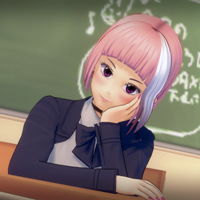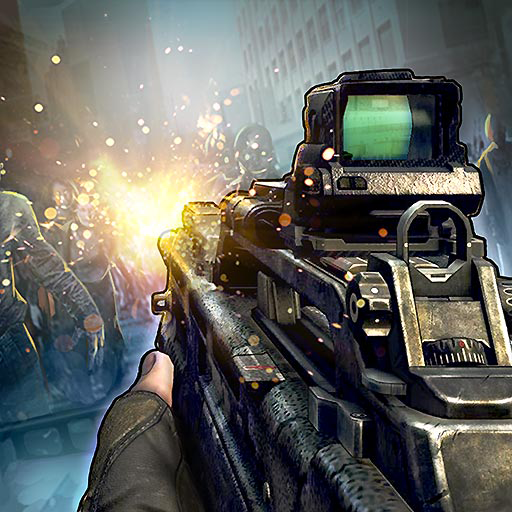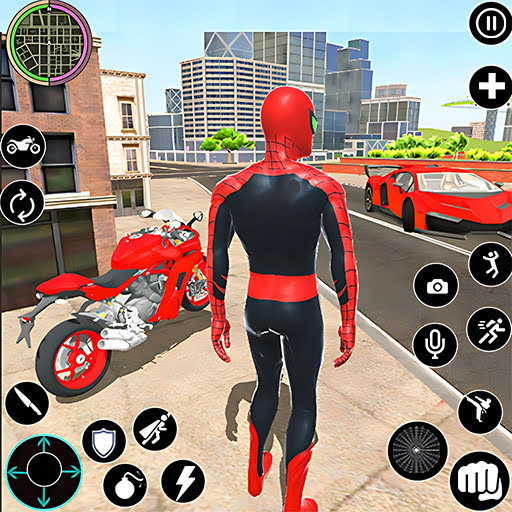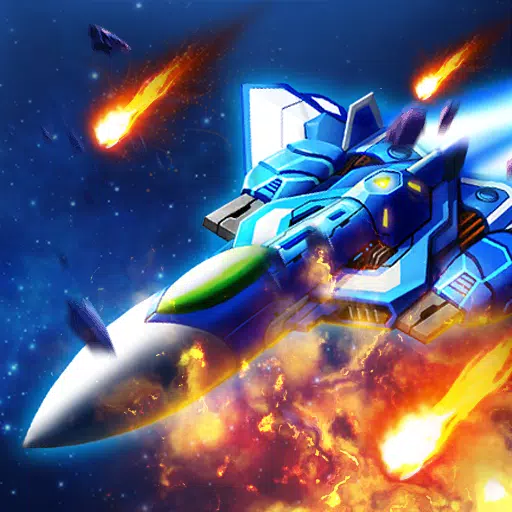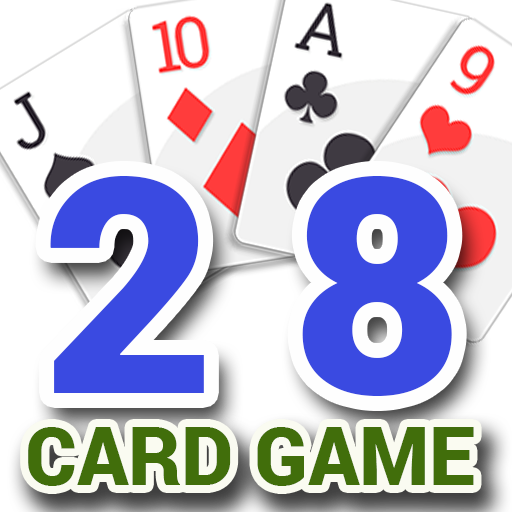The Amazon Prime animated series, Invincible, based on Robert Kirkman's acclaimed comic books, has captivated audiences with its blend of intense action, multifaceted characters, and morally complex narratives. Its popularity has reignited interest in the entire comic book universe. However, adapting such a rich source material for television inevitably necessitates changes, some subtle, others more significant.
This article delves into the key differences between the animated series and the comics, analyzes the reasons behind the perceived shortcomings of the third season, and explores the impact of these adaptations on the overall storyline.
Table of Contents
- From Page to Screen: Key Differences Between the Animated Series and Comics
- Mark Grayson’s Journey: Compression vs. Gradual Growth
- Supporting Cast Dynamics: Who Gets More Screen Time?
- Antagonists: Simplified Motivations for Pacing
- Action Sequences: Enhanced Visuals and Choreography
- Thematic Exploration: Emphasis on Morality and Legacy
- Season 3 Critique: Why the Magic Fades
- Repetitive Storylines: Treading Familiar Ground
- Cecil's Subplot: A Missed Opportunity
- Lackluster Action: Where Did the Spark Go?
- Slow Start: Building Momentum Too Late
- Balancing Adaptation and Innovation
- Why Fans Should Still Watch (Read With Caution)
From Page to Screen: Key Differences Between the Animated Series and Comics
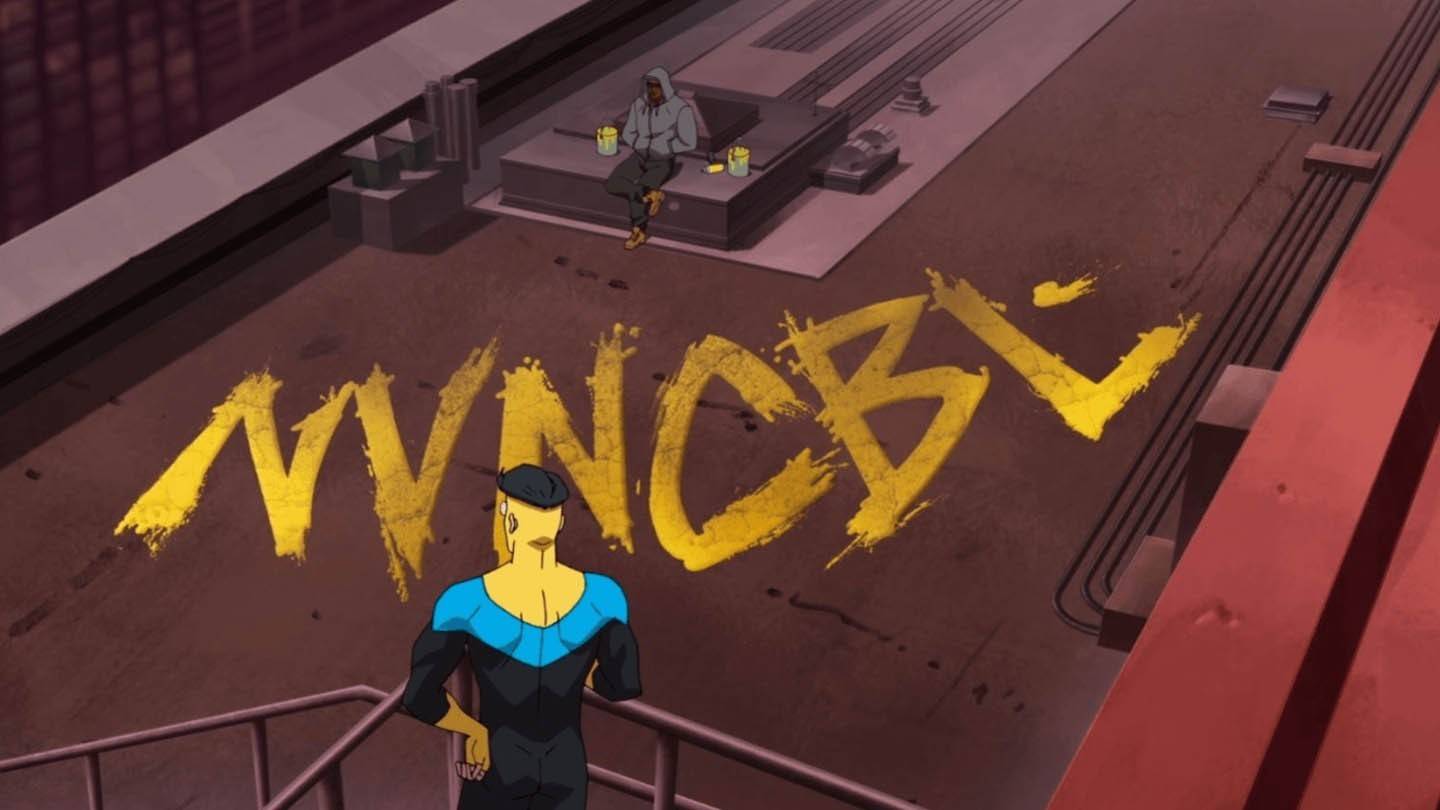 Image: amazon.com
Image: amazon.com
Mark Grayson’s Journey: Compression vs. Gradual Growth
A major difference lies in Mark Grayson's portrayal. The comics depict a gradual transformation into a superhero, showcasing his growth from power discovery to grappling with the moral complexities of heroism. This slow burn allows for deeper character exploration. The series, conversely, significantly condenses this journey, prioritizing urgency at the cost of some depth. While engaging, this rapid evolution might leave some fans feeling certain aspects were rushed.
Supporting Cast Dynamics: Who Gets More Screen Time?
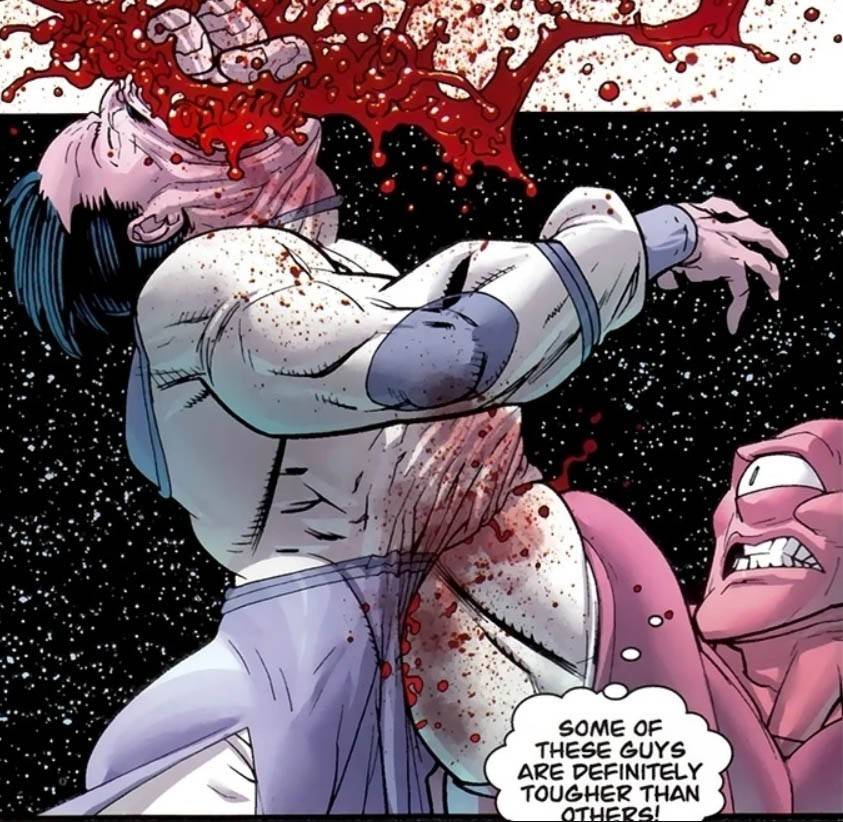 Image: amazon.com
Image: amazon.com
The supporting cast experiences significant shifts. Some characters gain prominence, others are sidelined. Allen the Alien, for example, becomes more central, adding humor and insight. Conversely, characters like Battle Beast receive less screen time, potentially disappointing fans of the comics. These choices streamline the narrative for a broader audience.
Antagonists: Simplified Motivations for Pacing
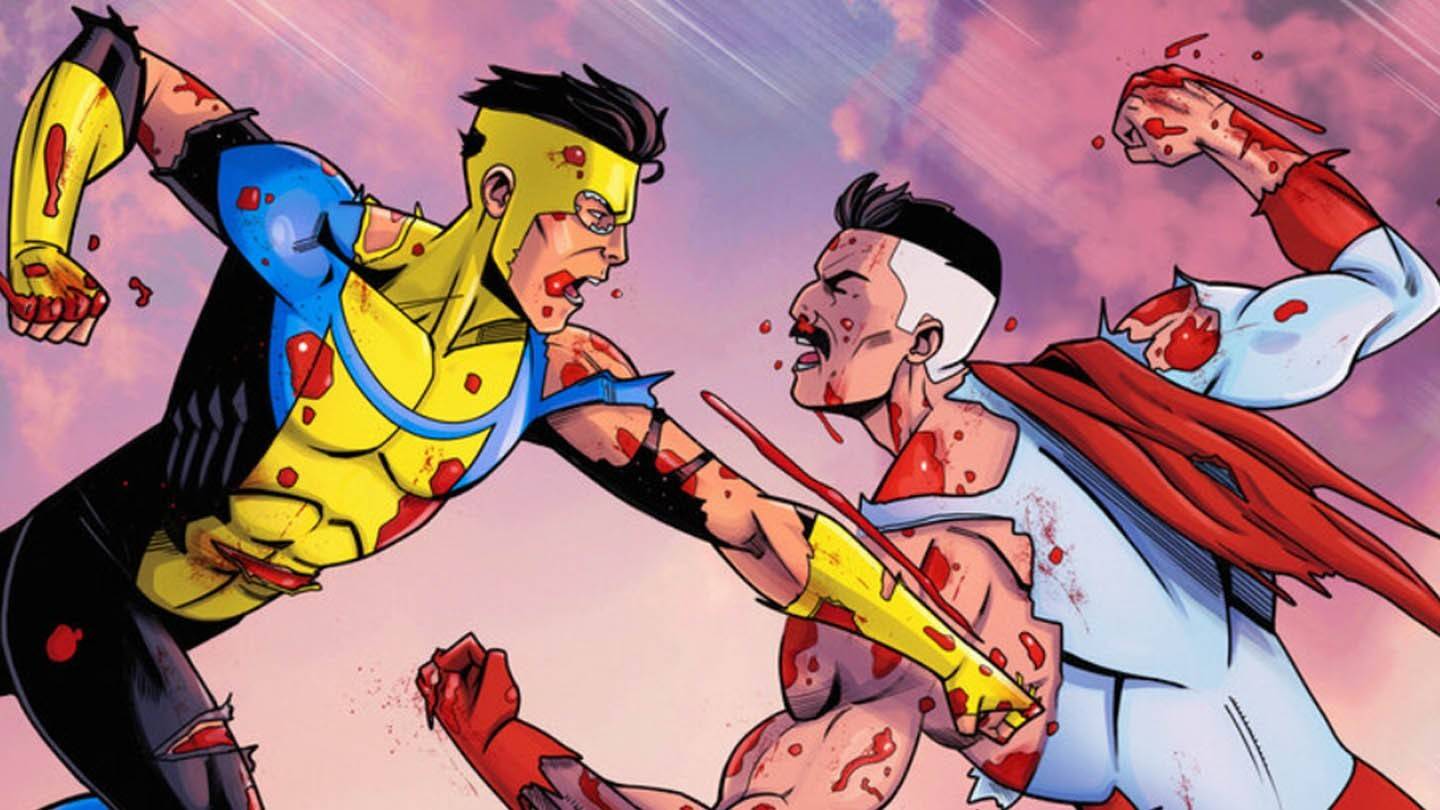 Image: amazon.com
Image: amazon.com
Villains like Conquest and the Shadow Council receive more nuanced treatment in the comics, with detailed motivations and backstories. The series simplifies these for pacing, focusing on high-stakes confrontations. This increased accessibility risks oversimplifying the antagonists' complexity. Omni-Man's betrayal, for instance, feels more immediate in the series than the gradual foreshadowing in the comics, altering the emotional impact.
Action Sequences: Enhanced Visuals and Choreography
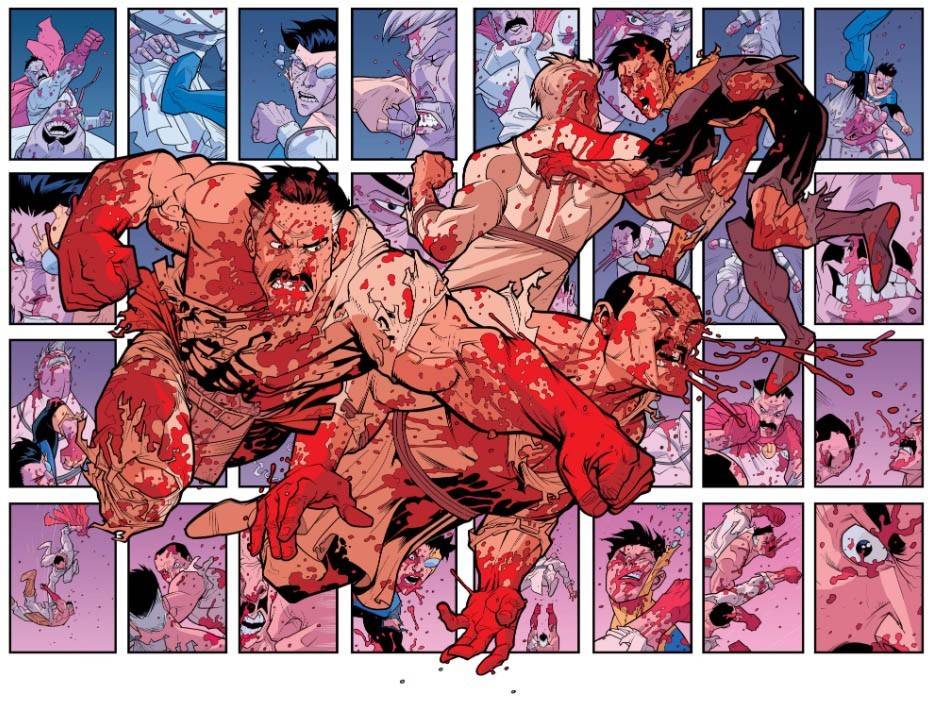 Image: amazon.com
Image: amazon.com
The animated series excels in its action sequences, utilizing animation's capabilities for dynamic choreography and special effects. Battles are visually intensified, creating a scale and intensity rivaling live-action films. However, these enhancements sometimes deviate from the comics, though generally to enhance the spectacle.
Thematic Exploration: Emphasis on Morality and Legacy
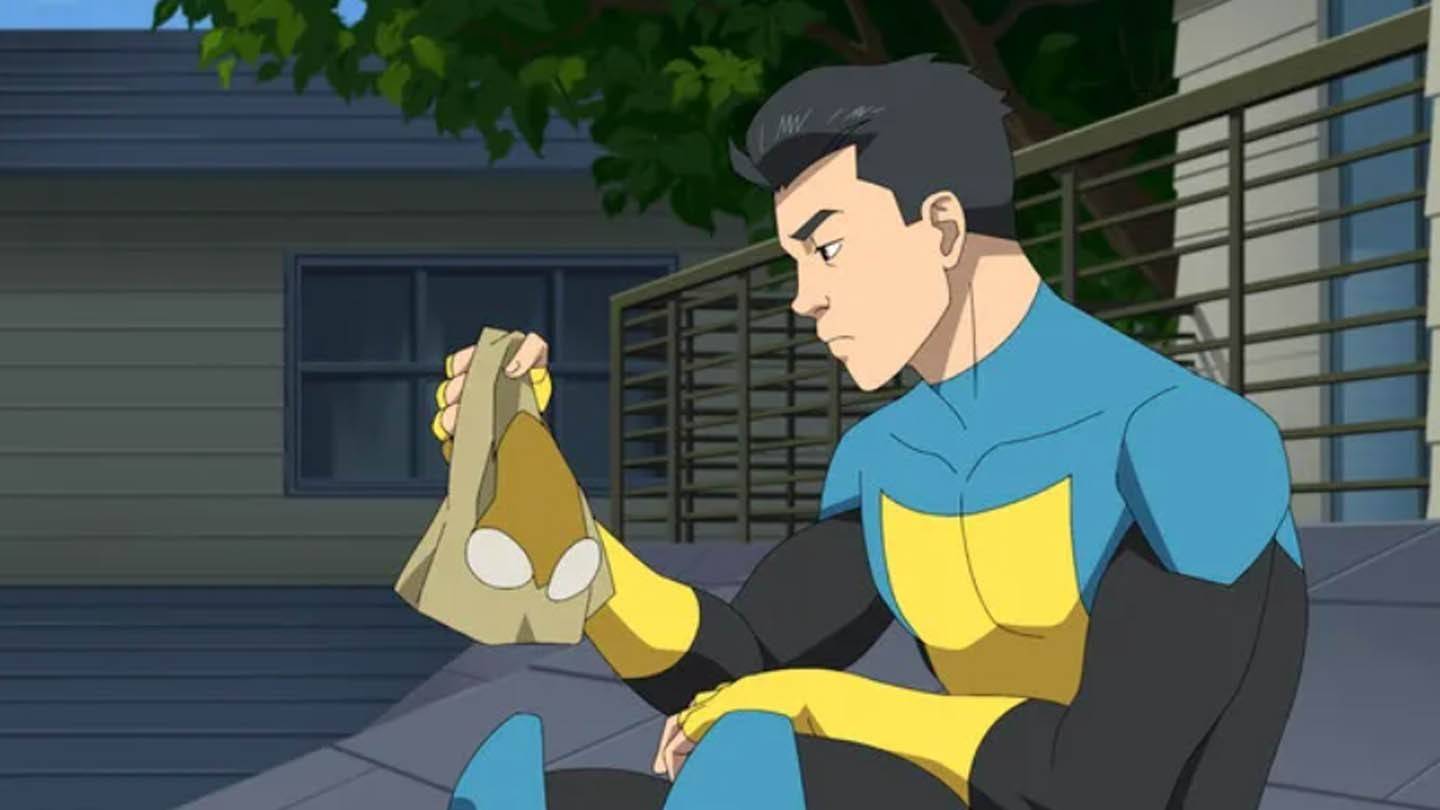 Image: amazon.com
Image: amazon.com
Thematic exploration differs. The series emphasizes morality, power, and legacy, reflecting the episodic format. Mark's struggle with his father's actions receives more screen time. Other themes, such as the philosophical implications of superhuman existence, are downplayed for narrative focus and accessibility.
Season 3 Critique: Why the Magic Fades
Despite the acclaim of the first two seasons, Invincible's third season left many fans underwhelmed.
Repetitive Storylines: Treading Familiar Ground
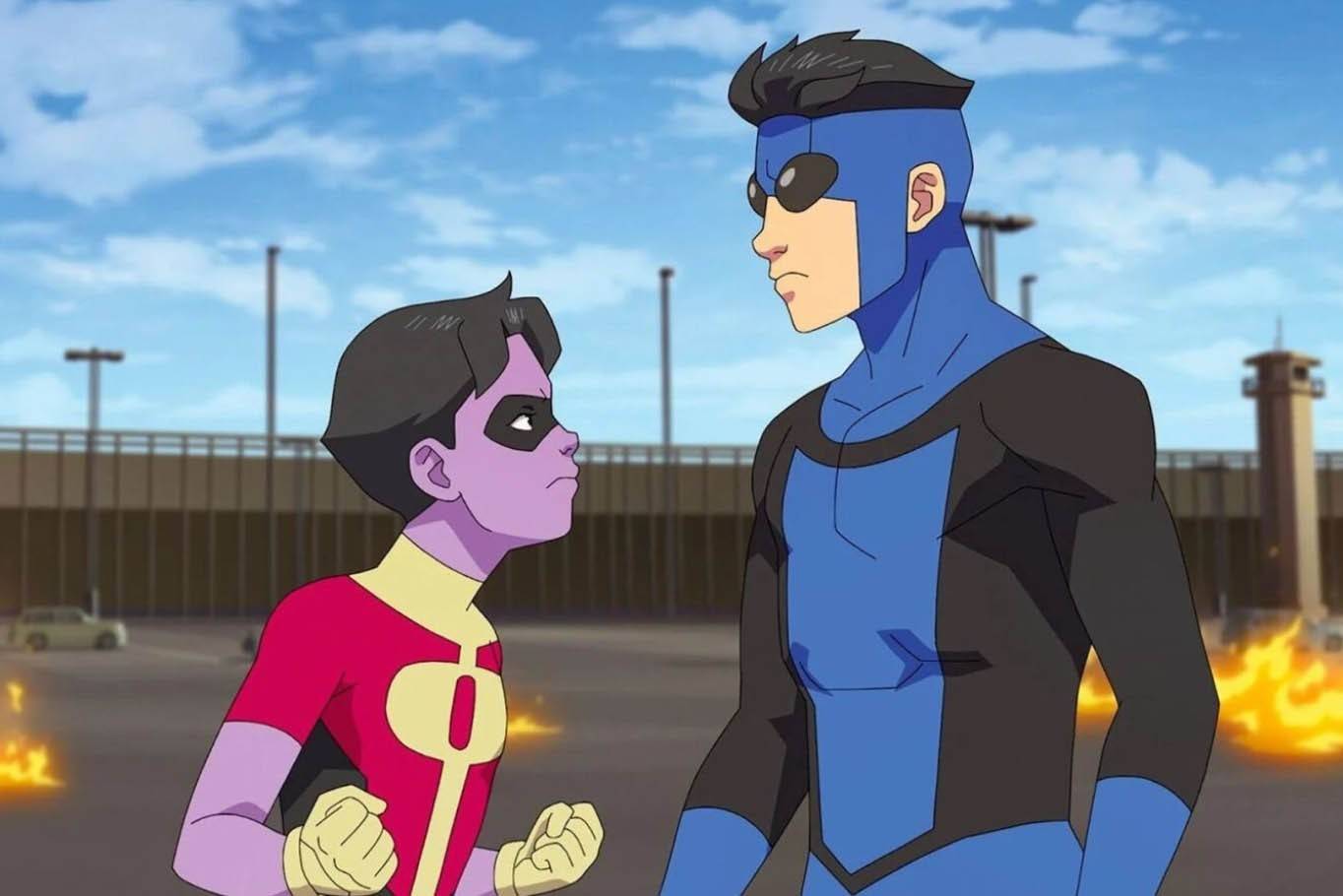 Image: amazon.com
Image: amazon.com
Season 3's reliance on familiar tropes is a recurring criticism. The show's earlier seasons surprised viewers with unexpected twists. Season 3, however, revisits these themes without offering novelty. Mark's internal conflict regarding his father's legacy, for example, feels redundant after similar arcs in previous seasons.
Cecil's Subplot: A Missed Opportunity
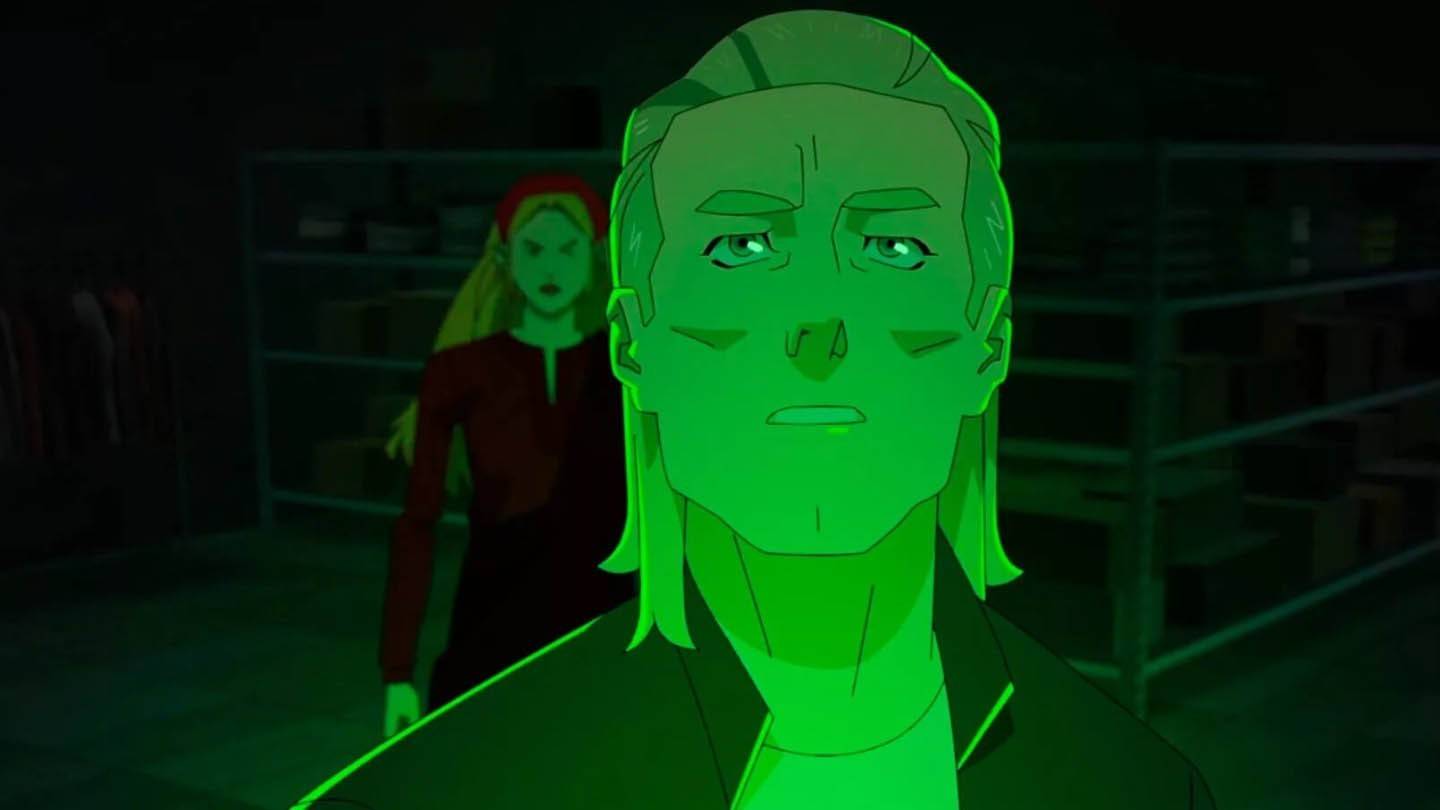 Image: amazon.com
Image: amazon.com
Cecil's subplot, reprogramming criminals, is interesting but falls flat due to its idealistic portrayal. In a morally ambiguous world, Cecil's solution feels naive, making Mark's reaction seem out of place. The disconnect undermines the emotional weight and leaves the subplot unresolved.
Lackluster Action: Where Did the Spark Go?
Even the action sequences, a series highlight, lack the same excitement. While violent and impactful, they lack the emotional resonance of previous seasons. Scenes that once thrilled now feel repetitive, lacking genuine stakes.
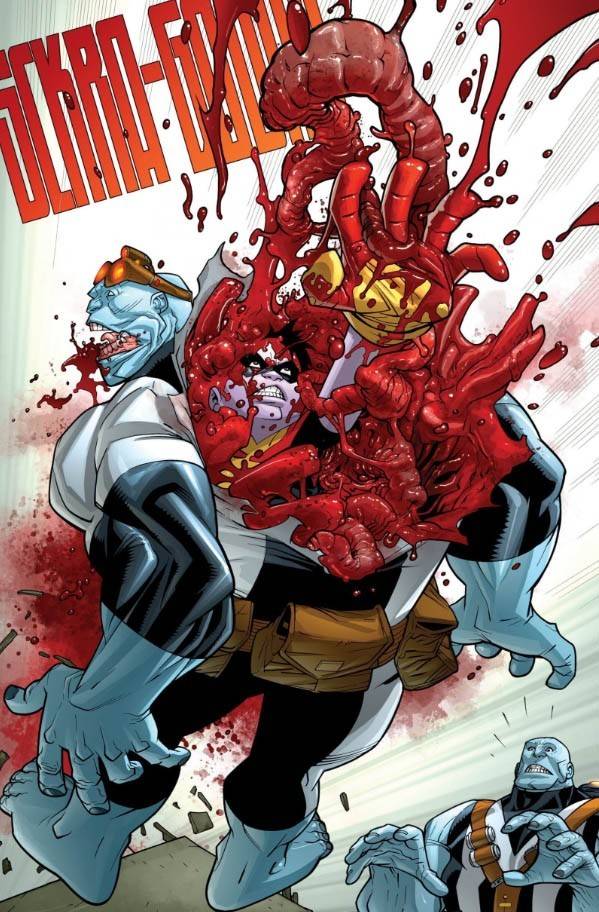 Image: amazon.com
Image: amazon.com
Slow Start: Building Momentum Too Late
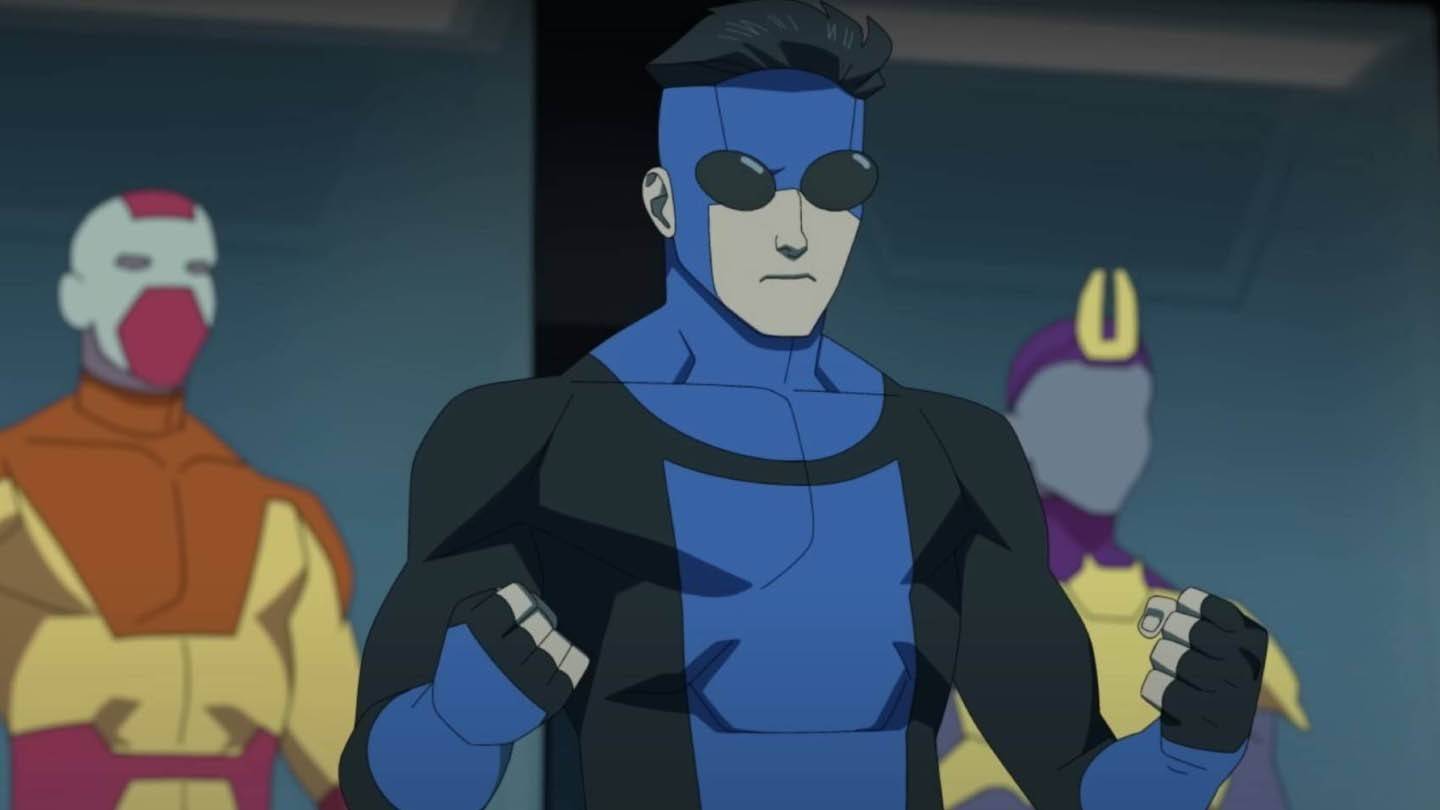 Image: amazon.com
Image: amazon.com
Season 3's sluggish start introduces generic villains and uninspired threats, failing to establish urgency. While it eventually gains momentum, this slow burn is frustrating, especially given the show's typically strong opening episodes.
Balancing Adaptation and Innovation
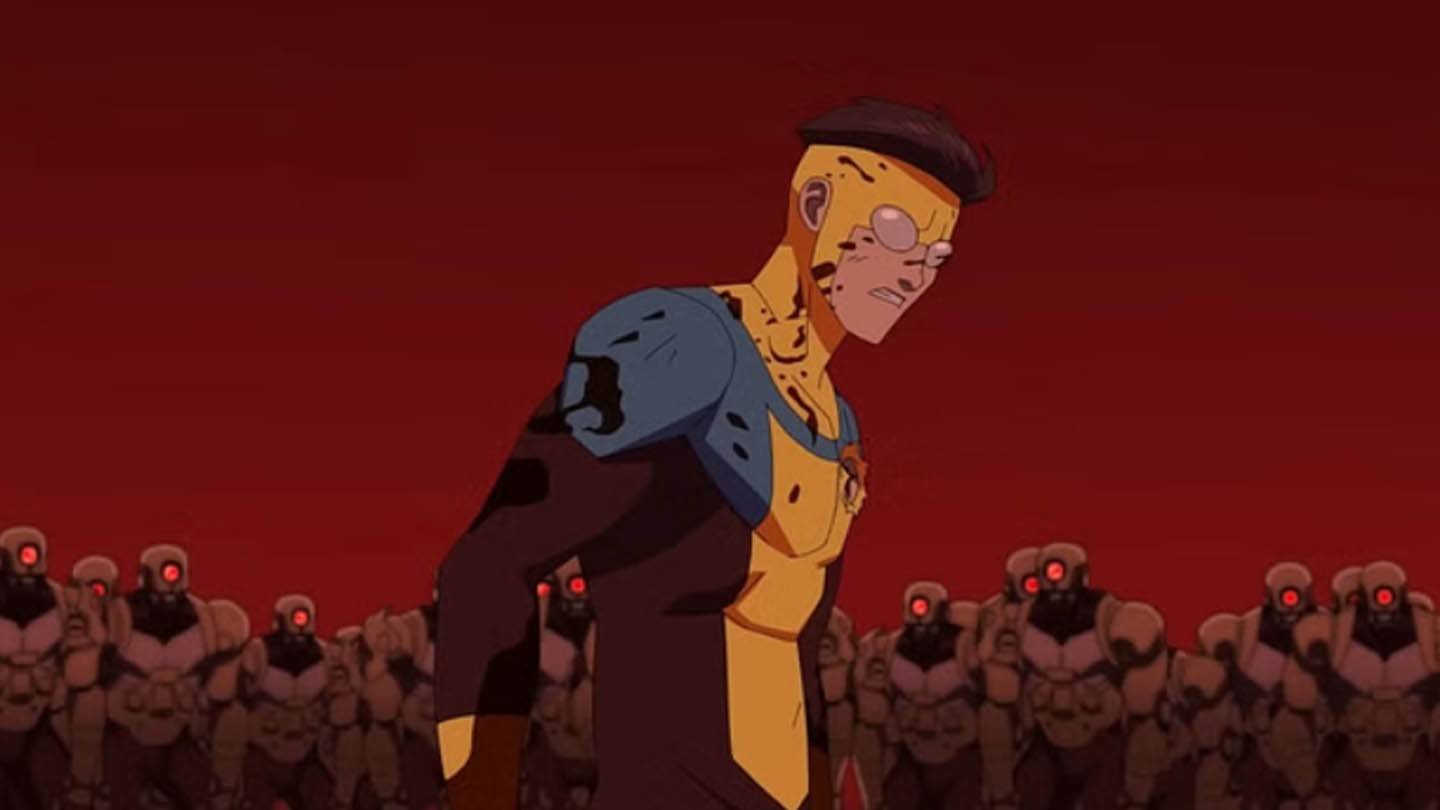 Image: amazon.com
Image: amazon.com
The Invincible series successfully captures the spirit of the comics while adapting for television. However, Season 3 demonstrates the challenge of maintaining this balance. Over-reliance on familiar tropes or prioritizing spectacle over depth risks losing the original material's strengths.
Why Fans Should Still Watch (Read With Caution)
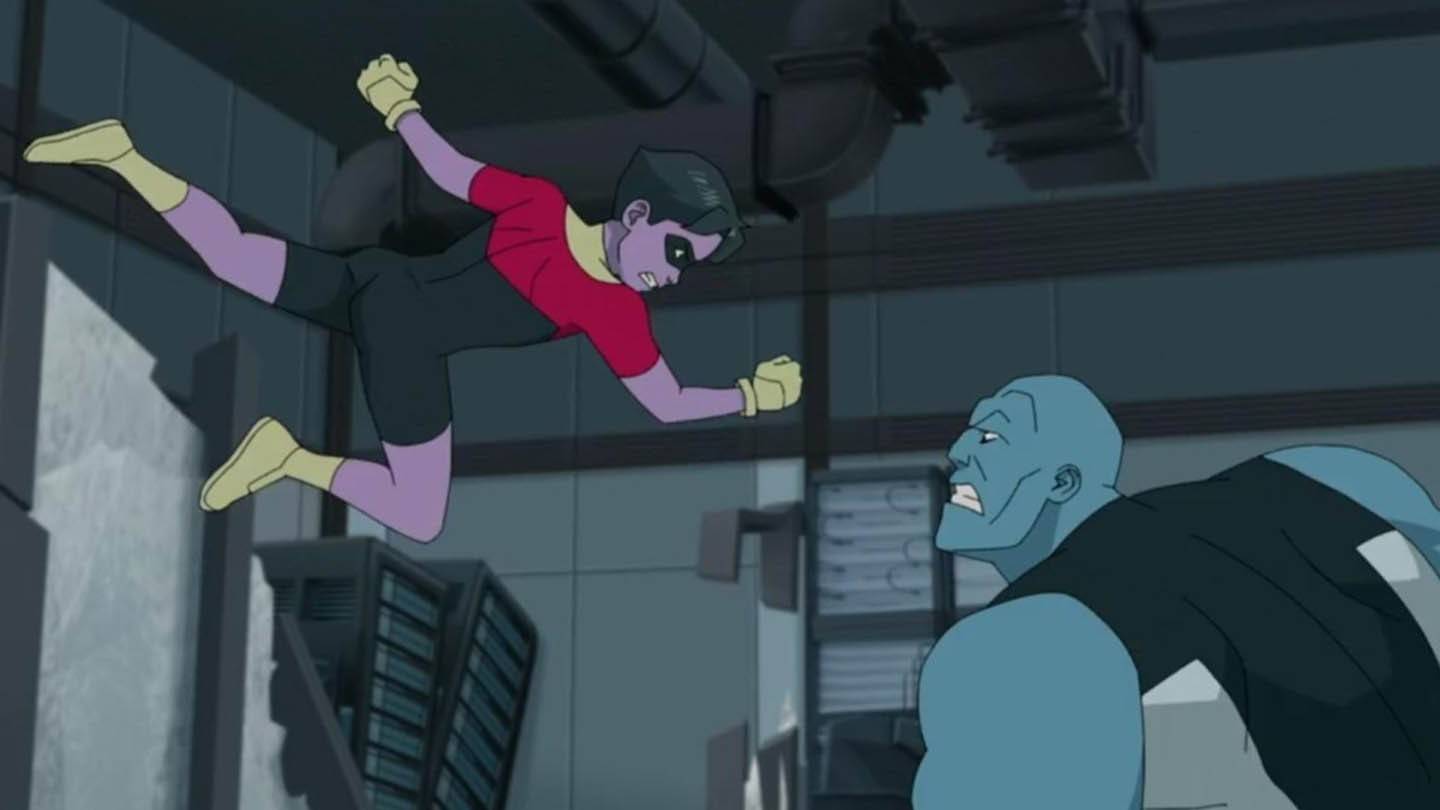 Image: amazon.com
Image: amazon.com
Despite its flaws, Invincible remains engaging and visually impressive. Its violent action, characters, and themes continue to captivate. However, don't expect the same level of excitement as the first two seasons. The series' spark seems dimmed, resulting in a solid but ultimately unspectacular continuation. The hope remains for future episodes to improve. The question remains whether the series can match the depth and impact of the source material, a complete work of art.





